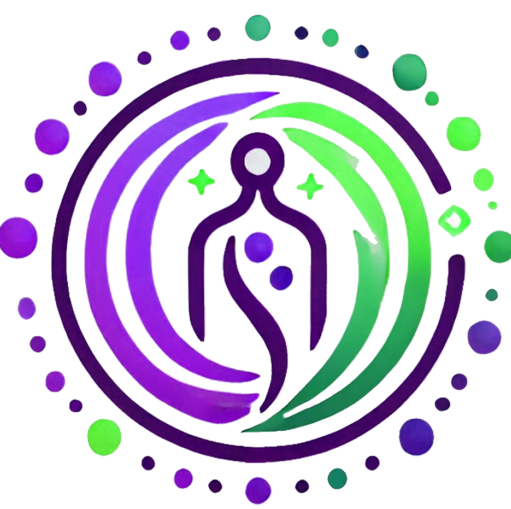Introduction: Detoxification is the body’s natural process of eliminating toxins and waste, which is essential for maintaining overall health and vitality. By supporting detoxification through NeuroCellular Reconditioning, you can enhance your body’s ability to cleanse itself, leading to improved energy, clearer skin, and better organ function.
1. Neuro-Visual Integration (NVI): Visualizing Effective Detoxification
Practice:
Engage in a daily visualization exercise where you picture your body’s detoxification organs—such as the liver, kidneys, and skin—working efficiently to remove toxins and waste. Imagine these toxins being flushed out of your body, leaving you feeling clean, refreshed, and revitalized.
Guided Imagery:
Spend 10-15 minutes each day visualizing your body as a well-functioning detoxification system. See your liver filtering out impurities, your kidneys flushing out toxins, and your skin glowing with health as it eliminates waste. Picture your entire body feeling lighter and more energized as it detoxifies.
2. Cognitive Reprogramming Constructs (CRC): Rewiring for Detoxification Efficiency
Affirmation:
Use intention-driven statements like, “My body effectively eliminates toxins and waste,” or “Every cell in my body supports detoxification and renewal.”
Application:
Repeat these affirmations aloud, particularly in the morning or when focusing on health and wellness. This practice helps rewire your neural circuits, fostering a positive internal environment that supports efficient detoxification.
3. Autonomic Modulation Protocols (AMP): Breathing for Detox Support
Breathing Exercise:
Incorporate deep, rhythmic breathing into your daily routine to support your body’s detoxification processes. Practice diaphragmatic breathing for 5-10 minutes each day, focusing on slow, steady breaths that promote oxygenation and the removal of toxins.
Protocol:
Inhale deeply through your nose, allowing your lungs to fully expand, and then exhale slowly through your mouth. This technique helps activate the parasympathetic nervous system, which supports detoxification and enhances the elimination of waste.
4. NeuroReflective Documentation (NRD): Journaling for Detoxification
Journaling Practice:
Document your thoughts, feelings, and intentions related to your body’s detoxification processes. Reflect on any foods, activities, or habits that might be affecting your detoxification, and write about your goals for maintaining or improving these processes.
Prompt:
“At the end of each day, I will write about how my body felt, particularly in terms of detoxification. I will set positive intentions for the following day, focusing on how I want my body to cleanse itself effectively.”
5. Quantum-Resonance Meditation (QRM): Meditating for Detoxification Balance
Meditation Practice:
Engage in daily meditation that synchronizes your brainwaves, achieving a state of deep coherence that supports detoxification. Focus on bringing balance and harmony to your detoxification organs through relaxation and mental clarity.
Guided Session:
Find a quiet space, close your eyes, and breathe deeply. As you meditate, visualize your body’s detoxification systems functioning efficiently, toxins being eliminated, and your body feeling clean and renewed. Feel a sense of peace and confidence in your body’s ability to maintain optimal detoxification.
Conclusion
By integrating these practices into your daily routine, you can actively support and enhance your body’s detoxification processes. Each of these techniques is designed to empower you, helping you align your thoughts, emotions, and body in the pursuit of optimal detoxification and overall health.
Remember: Consistency is key. The more you engage with these practices, the more effective they will be in supporting your body’s natural ability to cleanse itself.
